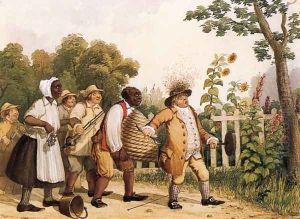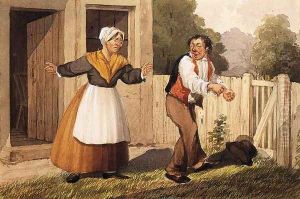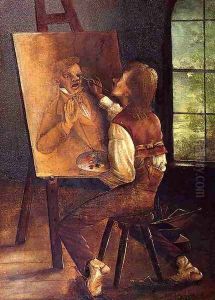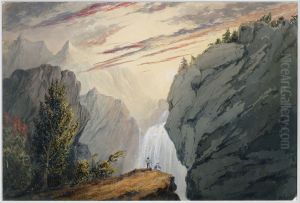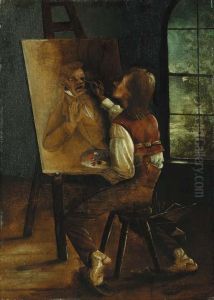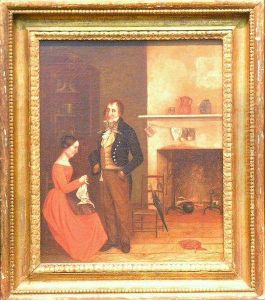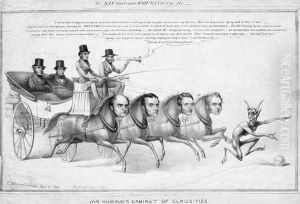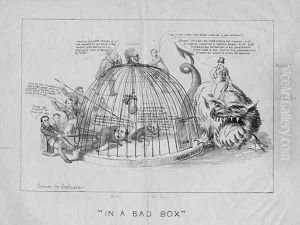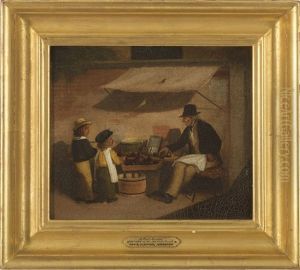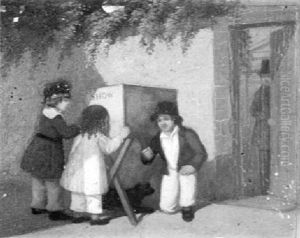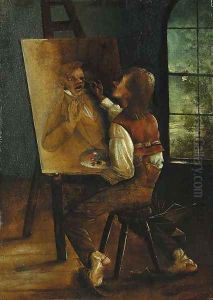David Claypool Johnston Paintings
David Claypool Johnston was an American cartoonist and printmaker, born on March 25, 1799, in Philadelphia, Pennsylvania. He is often regarded as one of the earliest and most important American satirists in the tradition of European caricature, predating even the more widely known Thomas Nast. Johnston's work spans a crucial period in American history, capturing the essence of societal changes and political commentary through his incisive and often humorous illustrations.
Johnston's early life and education remain somewhat obscure, but it is known that he moved to Boston in his early twenties, where he would spend most of his career. His artistic talents were largely self-taught, though he may have received some informal training from other artists. In Boston, he quickly became known for his etchings and mezzotints, mediums through which he expressed both his artistic vision and his biting social commentary.
Throughout his career, Johnston published several series of caricatures, the most famous being 'Scraps' and 'Scratchings', which included a wide array of subjects from political figures to societal norms. His work was profoundly influenced by British caricaturists like James Gillray and George Cruikshank, yet Johnston's satire was distinctly American, focusing on issues such as the temperance movement, immigration, and the follies of the elite.
Johnston also contributed to the burgeoning field of children's literature in America. He illustrated children's books and created original works that combined humor with moral lessons, subtly critiquing societal vices while entertaining his audience. His versatility also extended to theater; he designed sets and costumes, further showcasing his diverse talents.
David Claypool Johnston passed away on November 8, 1865, in Dorchester, Massachusetts. Despite his significant contributions to American art and satire, Johnston's work was somewhat forgotten after his death, overshadowed by later artists. However, recent scholarship has begun to reassess his importance, recognizing him as a pioneer in American caricature and illustration. His body of work offers invaluable insights into the cultural and political milieu of 19th-century America, making him a crucial figure in the history of American art.
